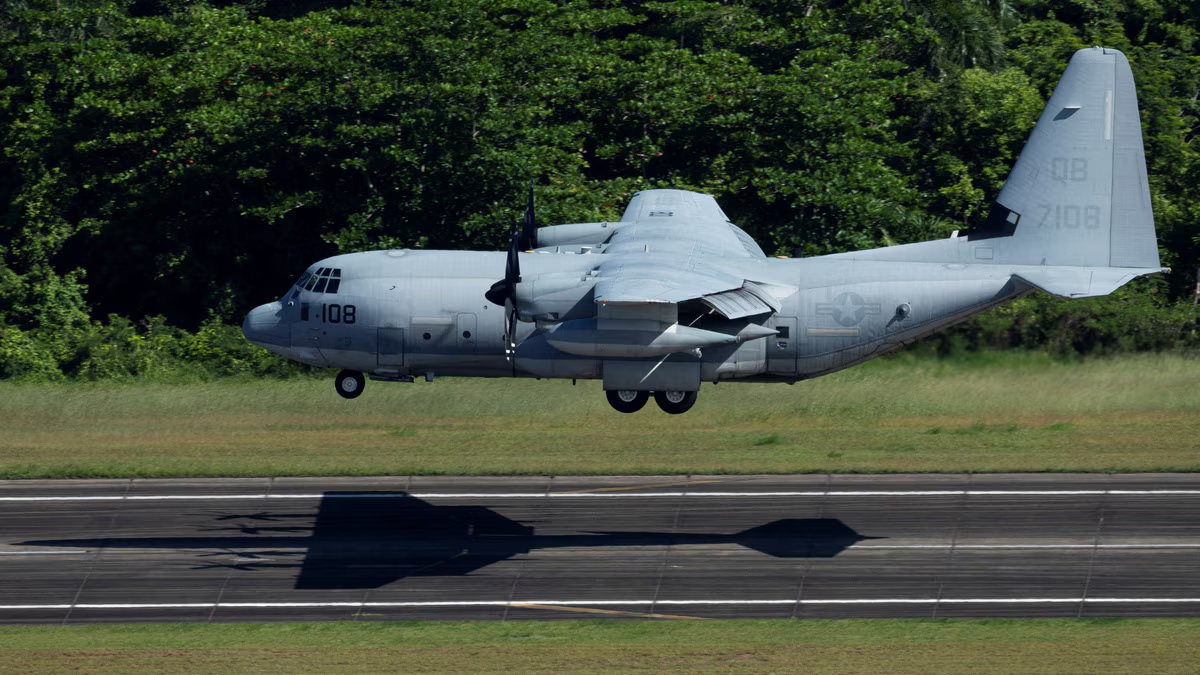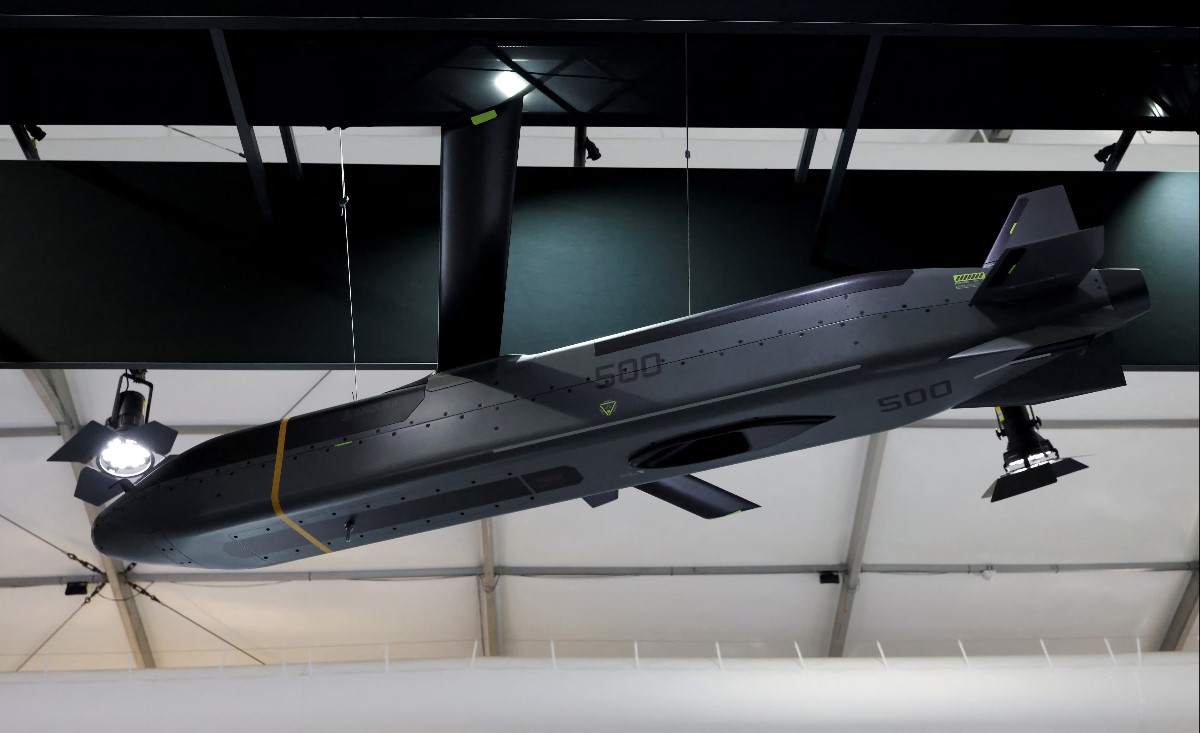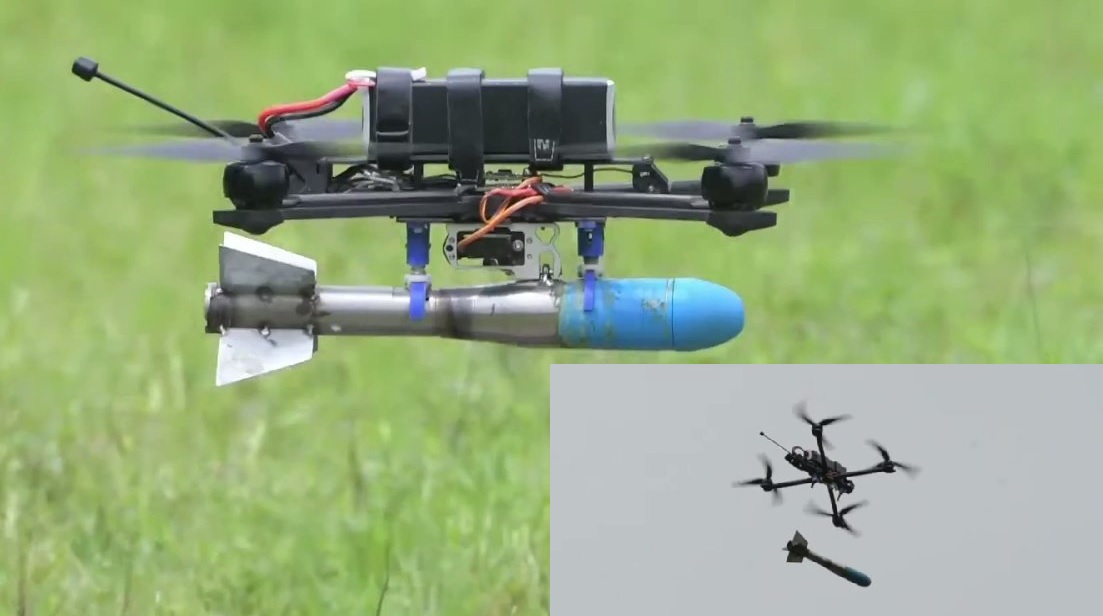US Successfully Test-Fires Minuteman III ICBM, Reinforces Nuclear Deterrence Readiness

In a recent demonstration of strategic strength, the United States Air Force Global Strike Command launched an unarmed Minuteman III intercontinental ballistic missile (ICBM) from the Vandenberg Space Force Base in California. This launch, part of routine exercises conducted to ensure the nation’s nuclear deterrent remains steadfast and fully operational, emphasized a message of preparedness amid a world where nuclear capabilities continue to hold immense strategic significance.
The test showcased the missile’s reliable and precise performance as it soared approximately 4,200 miles (6,759 kilometers) over the Pacific Ocean, eventually reaching its target on the Kwajalein Atoll in the Marshall Islands. While this might seem like a scene lifted straight from a Cold War-era drill, the implications remain highly relevant today, reaffirming the US's ability to defend and respond if necessary. Importantly, this event marked the latest in a series of nearly 300 similar tests that date back decades, all designed to validate the readiness of America’s nuclear triad.
At the heart of this demonstration lies the Minuteman III, a system that has served as a backbone of America’s strategic defense since its introduction in the early 1970s. Although built during a previous era, these missiles have been extensively modernized to match present-day security needs. The Minuteman III can reach a top speed of 15,000 miles per hour (24,000 kilometers per hour), allowing it to traverse vast distances—up to 6,000 miles (9,656 kilometers)—in minutes. This speed and range enable the weapon to deliver a powerful deterrent effect, ensuring adversaries understand the far-reaching capabilities at the US's disposal.
Beyond its impressive range and velocity, the Minuteman III is also engineered with a sophisticated system of reinforced underground silos. These silos, buried deep within American soil and spread across various secure bases, are built to withstand enemy attacks, providing a layer of defense against potential threats. The system’s resilience doesn’t stop at its physical structure; a network of secure, hardened cables connects these silos to underground launch control centers, creating a fortified communication chain between operators and national decision-makers, such as the president and the secretary of defense.
Ensuring that this command structure remains uninterrupted is of critical importance. To bolster the system’s robustness, the Minuteman III features multiple communication lines. If a disruption ever occurs between ground-based controllers and the missile facilities, airborne launch control centers automatically take over command. These airborne crews are always on alert, standing by to carry out presidential orders without delay, which underscores the layers of security that back up this ICBM system.
Currently, there are 400 active Minuteman III missiles stationed across various military installations in the United States, primarily in locations such as Malmstrom, Minot, and F.E. Warren Air Force Bases. Each missile is armed with advanced targeting capabilities and designed to support multiple re-entry vehicles, a feature that enhances its strategic flexibility. The design also accommodates routine updates, ensuring that the Minuteman III remains one of the world’s most effective long-range deterrent systems.
The significance of this test launch is not just in proving that these missiles still work as intended but in reinforcing the nation’s assurance to its allies and sending a clear signal to adversaries. As the international geopolitical landscape evolves, maintaining and periodically testing such capabilities is essential to uphold a credible deterrent that is both "safe, secure, reliable, and effective," as the Air Force emphasized in its statement. This unceasing vigilance is a testament to the evolving doctrine of nuclear readiness and the ongoing commitment of the United States to its national and allied security.



